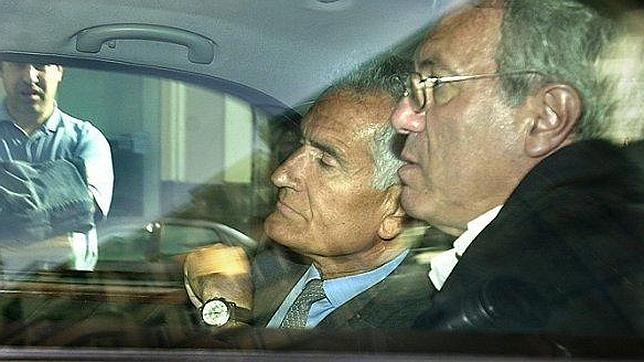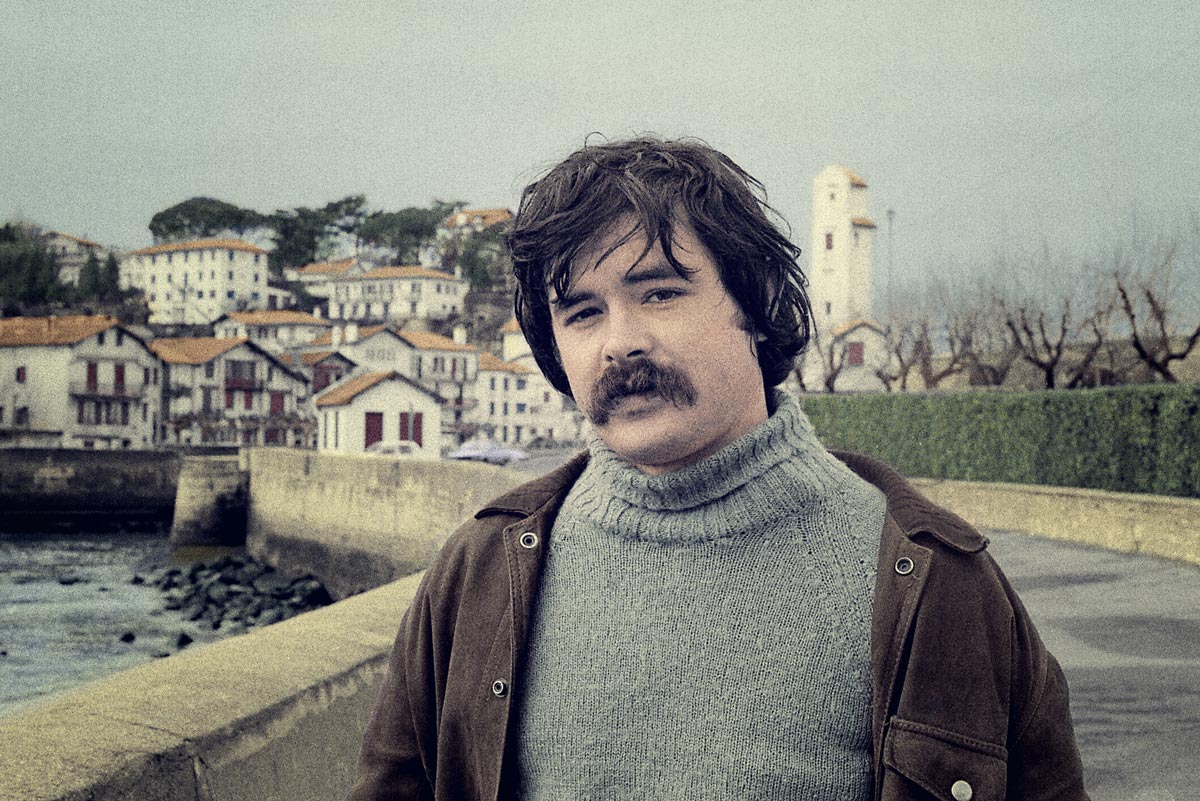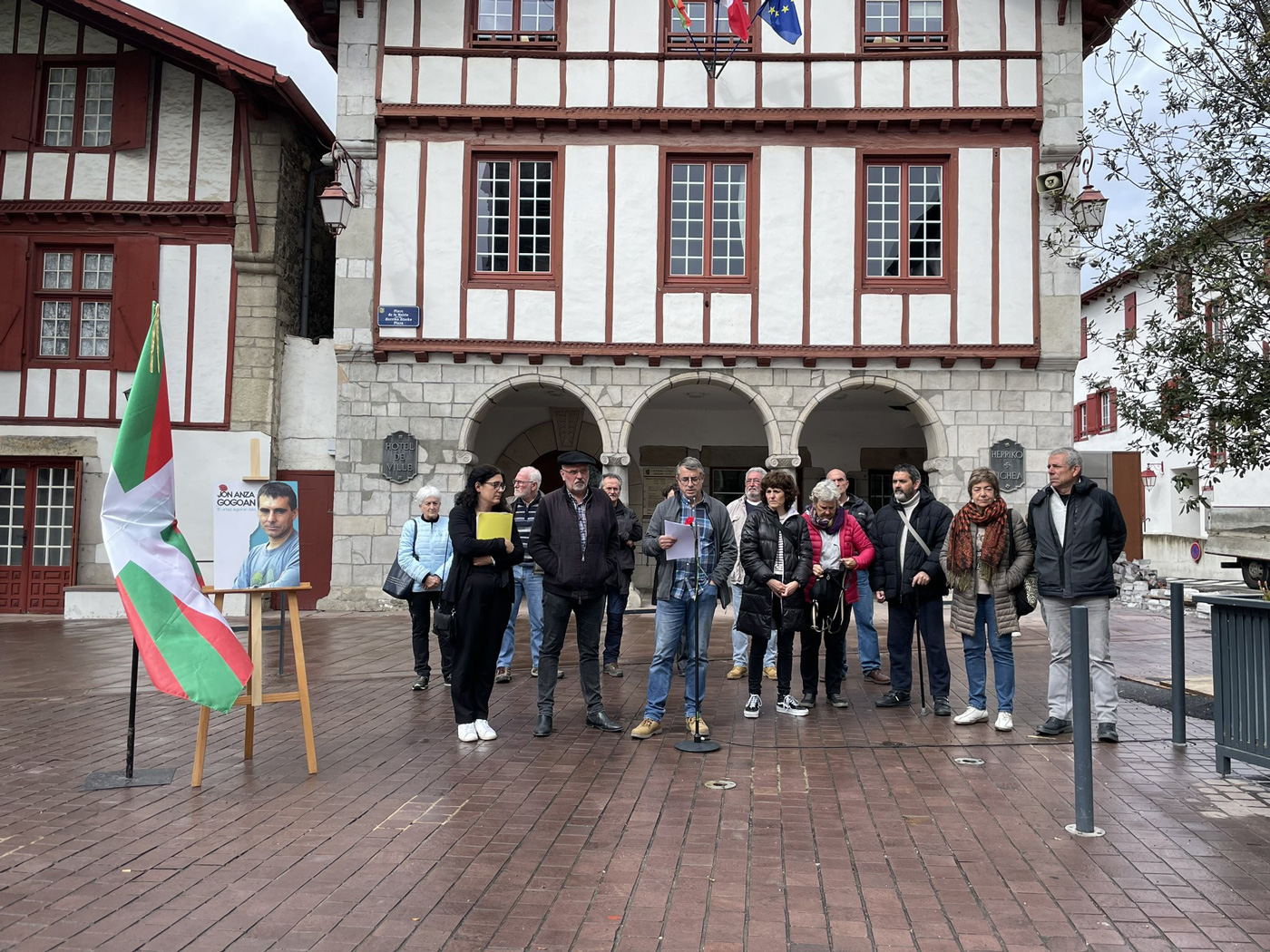The murder of Germán Agirre, an unclarified crime
- In the previous article we analyzed the first attack of the dirty war in Álava, we now remember another more dramatic event that same year, the murder of the taxi driver of Arrasate Germán Agirre Irasuegi in Legutio. Although the lists of the Ministry of the Interior and Victim Associations are considered to be a victim of ETA, the reality is different, and the shadow of the Civil Guard is behind its murder.

Germán was killed on 12 October 1975, 300 metres from the headquarters of the Civil Guard of Legutiano. Around eight in the afternoon he was called to take a sick man from Mondragon to Legutiano, and hours later he was killed by the swamp. According to the chronicle of Diario Vasco, at 23:30 hours, a local neighbor was able to hear several shots and the movement of cars. The following day, the then commander of the Civil Guard of Álava, Antonio Tejero Molina, was stationed in 1981 in the Congress of Deputies. The police investigation was left in their hands and, of course, nothing was clarified.
Along with his assassination, he began a disorder around the authorship, as he is currently considered a victim of ETA by the Victims Associations (COVITE, AVT…), the Ministry of the Interior, Memorial of Victímas of Terrorism and several authors. For example, the book “Broken Lives” by Florencio Domínguez, Rogelio Alonso and Marcos García emphasizes ETA’s authorship, using roles detected by ETA in 1992.
In our opinion, it is a mere manipulation, since in another passage they use the same roles, and mention that it is a text from the encyclopedia “Euskadi and Askatasuna”. Although the case of Agirre appears in this encyclopedia, his murder is related to para-police groups.
In our opinion, this is the safest hypothesis of authorship by para-police groups. It all started a week before its murder, on 5 October, in the morning, when ETA murdered three civilian guards on the road to Arantzazu, and it seems that that night three people killed Iñaki Etxabe, the brother of ETA member of Juan José Etxabe, in his restaurant in Kanpazar. According to some sources, the authors were civil guards, in particular the Gernika headquarters.
In 2000, the son and widower of Germán Agirre appeared before the Commission on Human Rights of the Basque Parliament. In his view, behind the assassination of Germán was the Civil Guard, which considered two hypotheses. One of them was that the ethnic groups who attacked the Civil Guard could flee in their taxi; the other, and the more widespread, could witness the murder of Germán Iñaki Etxabe, and met a serial killer.
Anyway, following the family version, from that day on the Aramaio Civil Guard followed him to his destination. The Civil Government informed the family that it had been killed by ETA, and furthermore, on the day of the funeral, leaflets accusing ETA of murder appeared in Arrasate. However, ETA sent a letter to the family asking it to renounce its authorship.
As we said, a dirty war broke out in 1975, and despite several attacks in the previous months, Etxabe and Agirre were the first to die. At the beginning of the dirty war, it seems that the civilian guards were the direct perpetrators, but after the two killings, the State began to use mercenaries.
Recently, the plenary session of the Arrasate City Council unanimously reminded Germán Agirre and Iñaki Etxabe of “the suffering of all those who have suffered the injustice of violence”. Argituz also announced the project “Arrasate. Towards a shared memory.” However, after more than 40 years, there are many lights and shadows.
It will be difficult to obtain justice, but at least their family members have the right to know the truth. It is therefore time to know everything that has happened in the sewers of the state.
This news was posted by Hala Bedi and we brought it to ARGIA thanks to the Creative Commons licenses.
Maiatzaren 30ean Nafarroako Gobernuak zenbait biktimaren aitortza egin zuen eta senitartekoek Sekretu Ofizialen Legea bertan behera uzteko eskatu zuten. Horien artean, Mikel Zabalza eta Mikel Arregiren familiak. ‘Naparraren’ anaiak ere egina du eskaera hori. Eneko... [+]
Jose Miguel Etxeberria, Naparra, aurkitzeko bigarren saioak porrot egin du Landetako Mont de Marsan herriko inguruetan. Iruñean ostiral honetan egindako agerraldian horren berri eman dute Eneko Etxeberria Naparra-ren anaiak eta Iñaki Egaña Egiari Zor... [+]





















